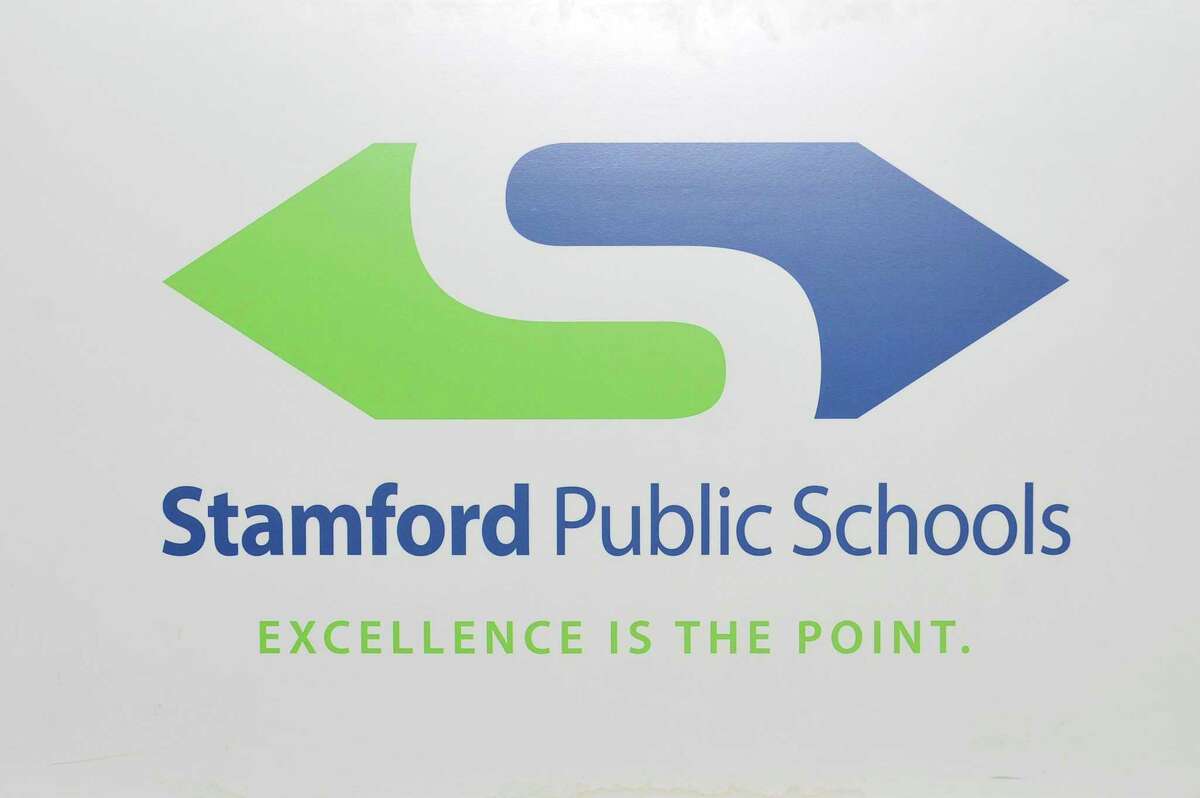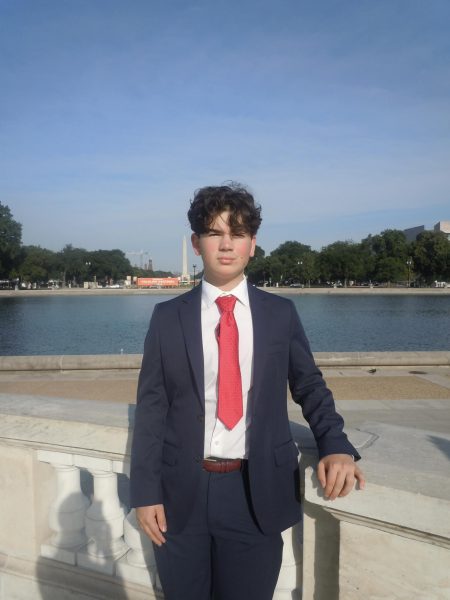On Tuesday, Jan. 16, at 6:30 p.m, in conjunction with district Superintendent Dr. Tamu Lucero, Chief Financial Officer (CFO) of Stamford Public Schools (SPS) Ryan Fealey presented the proposed 2024-2025 Fiscal Year Operating Budget to the Board of Education (BOE) Fiscal Committee. This meeting had distinct pressure around it, as for weeks the district has been up in flames regarding how to navigate the “fiscal cliff” created in 2020 in terms of budgeting for the next school year, all while keeping the jobs of their employees to prevent additional union-led protests from occurring. The presentation was the first step out of the many that are required to bring a school district budget of such stature to fruition. So let’s break the proposal down.
To provide initial context, SPS is the fifth largest school district in Connecticut. Spread throughout 23 buildings are over 16,400 students and 2,400 staff. In order to service such a large number of people, these budgets are comprised of hundreds of millions of dollars to ensure that employee wages are fair, students’ needs are being met, and children can be raised in an educational environment that sets them up for success after graduation. Surprisingly, Stamford has the 13th highest per-pupil spending rate of the 22 Fairfield County school districts, with an average of $21,023 spent per student across materials, transportation, and other expenses.
Prior to the creation of this proposal, all departments within SPS and their administrative bodies were consulted to provide information regarding specific data, predicted costs, and other needs and requests. Another item to note is that the “Total SPS Budget” is both the grants-based budget and the operating budget. Grants come from state, federal, and private sources that are designated solely for specific initiatives. In contrast, the operating budget is what must be economically sourced from the city of Stamford, not from benefactors. These two budgets are separate from the capital budget, which was approved this past October. to carry out the SPS Long-Term Facilities plan, which outlines the development of several capital projects, such as the upcoming reconstruction of Westhill High School.
To dive deeper into how a fiscal year budget is approved, following the initial presentation in January, it will be increased, decreased, or approved as-is by the BOE on February 22 during a special board meeting. In March and April, that BOE-approved edition of the budget will be sent to the Board of Finance (BOF) to be either approved or, most likely, decreased. In April and May, the BOF-approved edition of the budget is sent to the Board of Representatives (BOR) to be approved or decreased even further. Lastly, it is sent back to the BOE where financial reallocations are made to the operating budget based on the amount of money that was approved by the BOR for the final version to be implemented on July 1, 2024. The abundance of acronyms can get confusing, but that timeline provides a scope as to how long the process truly is, as the stakes for a budget of such importance have never been higher.
So, why is this budget such a topic of discussion? Why is it more relevant than budgets from previous years, and why are people worried? Well, it’s due to what is being called the fiscal cliff. The fiscal cliff is the direct result of Elementary and Secondary School Emergency Relief (ESSER) Funds provided by the federal government in 2020 in response to COVID-19. These funds allowed SPS to fund 111 positions across the district, as well as for certain programs to remain afloat. Due to the expiration of ESSER Funds on June 30, 2024, along with the fact that the state will no longer be fully funding magnet school expenditures, there is going to be a whopping 15% decrease in grant-based funding for the 2024-2025 school year. And, unless financing is sourced elsewhere, these expenditures and 111 positions will be cut.
It is obvious that Lucero does not wish for a cut of such size to happen, as the stakes surrounding her take on the matter are high enough due to members of the Stamford Education Association (SEA) protesting the teaching of six classes next school year. So, to ensure that the positions of these 111 staff are kept and that teachers do not quit or strike further, over the summer Lucero and Fealey created a draft proposal of $344,488,841. They stated that “This is the amount required to maintain all current programs, services, and staff from 23-24, avoid having to fire the ESSER-funded staff by putting their related costs and salaries into the operating budget, plus account for estimated increases in wages, healthcare, transportation, Special Education, facilities, and other operational areas.” This increase from the 23-24 budget of $313,562,896 was a notably large 9.85%.
The January edition that is being discussed in this article “eliminates $7 million in costs from the draft budget made in the summer and reallocates $3 million using other funding sources,” according to the pair. It is a total of $333,737,756. An increase of 6.43%, an increase that remains significantly large for the district. Nearly $11 million was cut from the original draft, and yet this total of $333 million is still exceedingly large in comparison to previous years. However, Stamford is not alone in facing the consequences of using ESSER Funds to finance crucial district expenses. In fact, New Canaan, Norwalk, Westport, and Danbury are among the Fairfield County school districts that have asked for higher than a 6.43% increase from their City Boards.
To see just how historic this 6.43% proposal is, see below for the yearly increase in the operating budget for SPS over the past decade. Note that 0.88% is for the 20-21 fiscal year (when the cliff was created).
The unbelievable part? The following quote from Fealey: “Even after submitting a Superintendent’s Proposed Budget with $10.5 million in cuts, history suggests that the BOF and BOR will reduce the proposed budget by at least an additional $10 million.” Meaning, the following cuts are just the tip of the iceberg. This is what we know for certain is going to be cut, as well as what is, unfortunately, in jeopardy of being cut as well.
- 20 K-5 teachers will be cut due to enrollment projections for next school year
- The most prominent projection of which is a significant decrease in kindergarten students due to the new state-mandated age requirement.
- Additionally, because of this new requirement, 11 kindergarten paraeducators will be cut.
- 24 high school teachers will be cut across all three high schools. The classes taught by these teachers will remain via the following possible processes:
- Increasing the maximum enrollment number in certain elective classes and other courses deemed appropriate
- More flexibility in the scheduling of physical education and health courses
- Offering courses with low-enrollment every other year, rather than every year
- More coseating between classes of two different titles
- Ultimately eliminating some under-enrolled courses as a last measure
-
- Due to these suggested processes, it is assumed that the largest portion of these 24 laid off teachers will be health and physical education teachers.
Fealey also stated that the following could occur after the BOF cuts an expected additional $10 million to the proposal during their review in March and April:
- Reduction in instructional paraprofessionals (kindergarten)
- Reduction in security staff (K-12)
- Reduction in office support staff (schools and central office)
- Elimination of instrumental music (elementary schools)
- Limited elective course offerings (high schools)
- Reduction in parent facilitator staff (K-12)
- Limited specialized high school program offerings
- (ex. Advanced Placement (AP), International Baccalaureate (IB), Early College Studies (ECS), AgriScience)
- Eliminate or adjust positions (dean of students, restorative support facilitators, department heads, athletic directors)
- Reduction in central office and school-based administrators (coordinators and assistant principals)
- Reduction or repurposing of certified teacher support staff
- (ex. Teachers on special assignment, administrative interns, technology integration support specialists, teacher leaders for student support)
In slightly more positive news, the following is what is being added to or kept in the budget:
- The ESSER-funded positions
- Four teachers for the new 6th grade that is being added to Westover Elementary School
- $600 thousand for new state mandated HVAC work
- $900 thousand for Special Ed Pupil Services, due to IEP requirements
- 15 special education teachers and paraeducators
- $443 thousand increase in electricity costs
- $2.8 million increase in transportation costs under new contract with the bus company First Student
- $772 thousand increase in Property & Casualty premiums from the city
- $930 thousand increase in Special Ed out of district tuition
The combination of the above budget increases with teacher-related cuts results in a 2% net reduction in full-time employees, which may sound small, but is actually a loss in 33 full-time employees—a true loss for SPS.
So, what can city residents do about this? There will be Zoom sessions on Tuesday, Jan. 30 for staff, students, and families to ask questions and share feedback about the proposed budget. The sessions are as follows:
Staff: 2:30 p.m. & 4:00 p.m.
Students: 5:00 p.m.
Families & Community: 6:00 p.m.
Staff, students, and families will have the opportunity to speak directly to members of the BOE during the Public Budget Hearing on Thursday, Feb. 1, which will be in person. Links to the zooms and location information for the public hearing may be found in the superintendent’s weekly messages, linked here.
The information with which this article was written was procured from two sources, which may be of assistance to those who would like complete details regarding the matters discussed. Click here for the link to the complete budget presentation and breakdown, and click here for a link to a recording of the meeting in which the budget presentation was given, in addition to a presentation from Yondr, a company that makes locked phone pouches that the district is considering purchasing, but given the $30 per SPS Student price point, the partnership is unlikely to occur. Yondr is one of several future expenditures that are going to have to be put on the back burner, given the fact that the district is scraping hard enough as it is for sources to finance the ever-growing bureacracy that is Stamford Public Schools.






